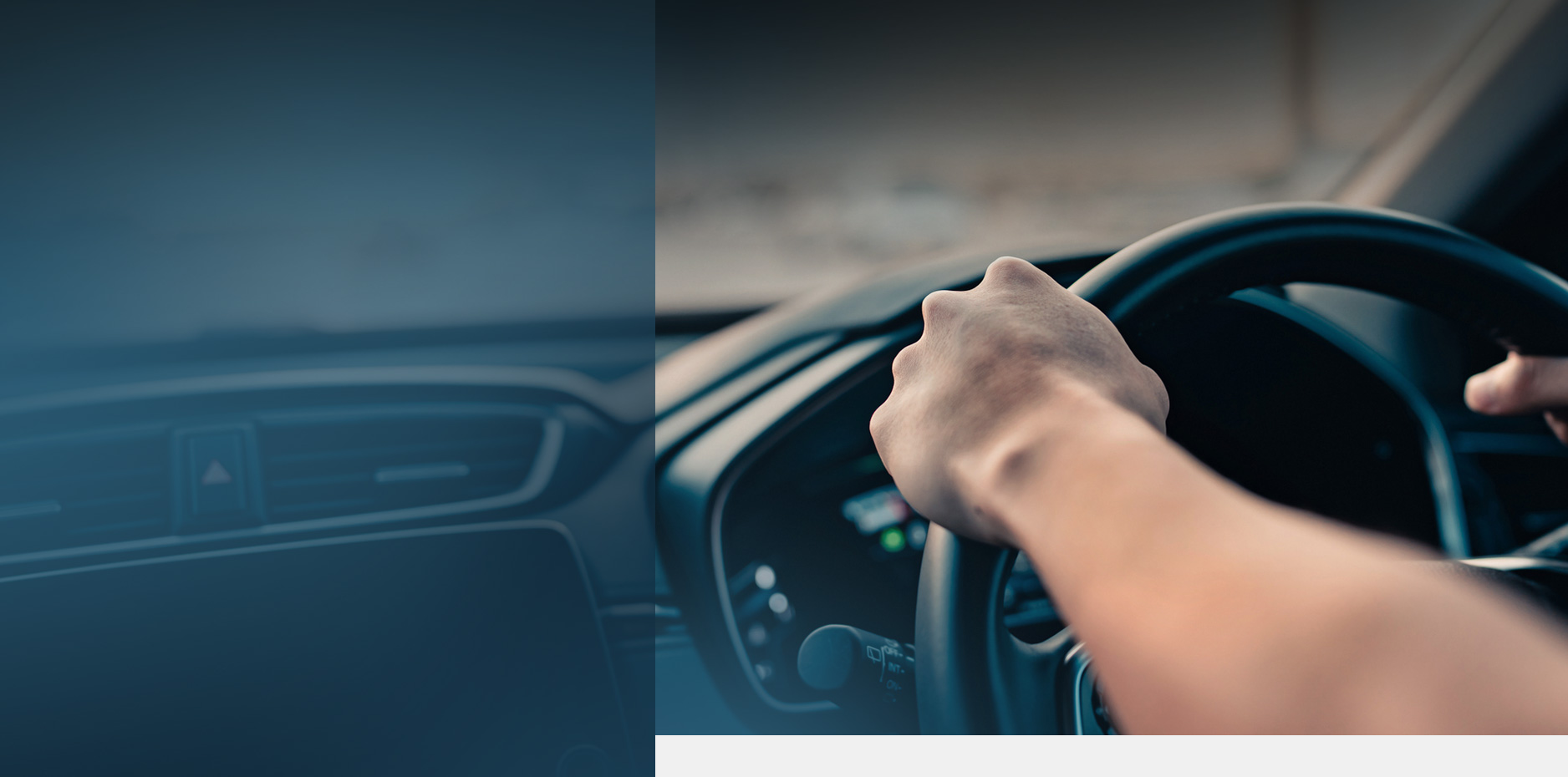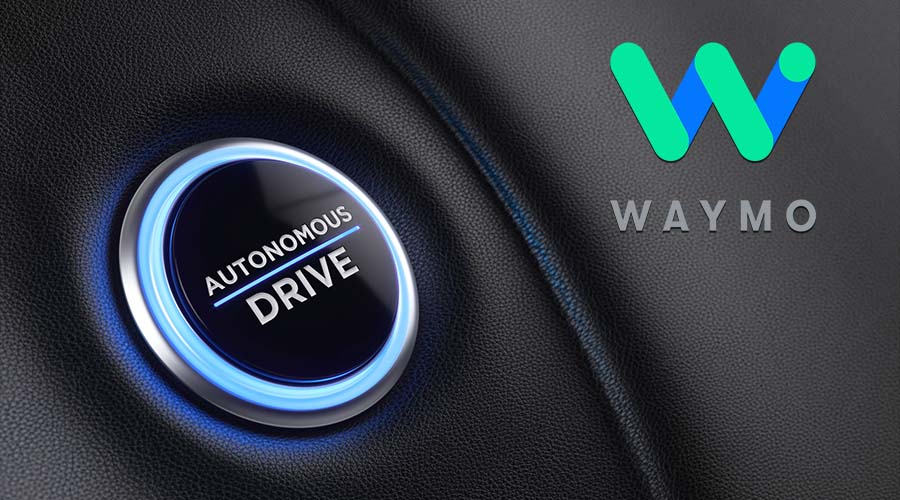
Waymo Self-Driving Car Accident
If you or a family member sustained injuries in a Waymo self-driving car accident, the Board Certified trial lawyers of Wisner Baum can help.
Our law firm has handled thousands of transportation accident lawsuits across the U.S. on behalf of victims whose lives were turned upside down by negligence, vehicle defects, and other safety issues.
To learn more about your legal options following a self-driving car accident, give us a call at (855) 948-5098 for a free case evaluation.
What is Waymo?
Waymo, which stands for a new way forward in mobility, is a self-driving car technology company created by Google in 2009. Waymo is now a standalone subsidiary of Alphabet, Inc., the parent company of Google. Company officials stress that Waymo is not a car company, rather, it intends to sell the technology needed for fully automated, driverless vehicles.
With a strong presence in California and Arizona, you may have already seen one of Waymo’s autonomous vehicles (many of which are minivans) in the San Francisco Bay Area, Silicon Valley and the Phoenix metropolitan area. According to Waymo, its test cars are averaging 25,000 miles per day on public roads in dozens of U.S. cities. As of 2018, Waymo is considered the leading self-driving car technology company in the world.
Waymo’s technology utilizes cameras, sensors, artificial intelligence and algorithms to replace human drivers. Like other proponents of autonomous driving, Waymo says its technology will eliminate human error, which is one of the leading causes of truck accidents, car accidents and bus accidents.
But not everyone is sold on the idea of sharing the road with a Waymo self-driving car. Several high-profile accidents involving autonomous vehicles are making some people nervous about the technology. According to a 2018 Brookings Institution survey, 69% of people were unfavorable toward sharing the road with self-driving cars, and 61% of people did not want to ride in a self-driving car.

How Self-Driving Cars Work
Self-driving car technology uses several components that work together to direct the vehicle. Sensors and GPS continuously update information about the driving environment. A central computing system analyzes and interprets all of the data then makes decisions to manipulate the vehicle.
Driverless vehicles include four sensors:
- Ultrasonic Sensors: Use sound waves to detect the position of curbs and other obstacles. Many newer model vehicles already use ultrasonic sensors, primarily for parking.
- Radar Sensors: Placed around the perimeter of the vehicle, radar sensors produce radio waves that bounce back, allowing for tracking and monitoring of other vehicles in real-time.
- Cameras: Using several cameras to capture the environment, image sensors read traffic signs and keep track of other obstacles, vehicles and pedestrians.
- LiDAR Sensors: Use laser beams to detect the distance from obstacles in the vehicle’s environment and create a 3D image of the car’s surroundings.
The National Highway Traffic Safety Administration (NHTSA) adopted the Society of Automotive Engineers International (SAE) standard definitions of five levels of driverless automation:
- Level 0 – A human driver handles 100% of the driving.
- Level 1 – A vehicle’s Advanced Driver Assistance System (ADAS) can assist a human driver with steering, braking, and accelerating.
- Level 2 – ADAS controls steering, braking, and accelerating under some circumstances. A human driver monitors the driving environment at all times and performs other driving tasks.
- Level 3 – A vehicle’s Automated Driving System (ADS) can perform all driving tasks under some circumstances, but a human driver must be ready to take control at the request of the ADS.
- Level 4 – ADS can perform all driving tasks and monitor the driving environment in certain circumstances. A human driver does not need to pay attention under these circumstances.
- Level 5 – ADS does 100% of the driving in all circumstances. Human occupants are not involved in driving.
The most sophisticated cars currently on the road have Level 3 automation. In 2017, Waymo became the first self-driving car company to test Level 4 vehicles. In 2018, Waymo introduced a pilot program in Chandler, Arizona involving self-driving minivans with no human safety drivers behind the wheel. According to TechCrunch, Waymo is one of only a handful of companies to file an application to test self-driving cars without human safety drivers in California.
Deaths and Injuries in Self-Driving Car Crashes
Self-driving car accidents have killed several people and injured others. In March of 2018, an Uber Level 3 autonomous driving vehicle struck and killed a pedestrian in Arizona. Two other fatal crashes in Florida and California involved Tesla vehicles operating in Level 2 autonomous mode. In all of these fatal crashes, a human driver was sitting in the driver’s seat of the vehicle at the time.
Google Waymo Car Accident History
Waymo vehicles have also been involved in several crashes, including two in the Phoenix, Arizona area in May and June of 2018. In the May accident, a driver ran a red light and struck a Waymo vehicle in autonomous mode with a human safety driver. In June, another motorist ran a red light and caused a collision involving a Waymo driverless vehicle that was not in autonomous mode at the time. Law enforcement officials stated that the Waymo self-driving vehicles were not at fault in either crash.
According to Wired, Waymo self-driving cars have been involved in dozens of accidents, but only caused one. That accident, in 2016, involved a Waymo car changing lanes into the path of a bus. The Waymo vehicle sustained minimal damage and no injuries were reported.
Contact us or call us today at (855) 948-5098 for a free, no-obligation case consultation.
Our Case Results

-
$265 Million Settlement Fatal Train Crash
In 2016, Wisner Baum attorney Timothy A. Loranger and six other attorneys in the Plaintiffs’ Management Committee were able to secure a $265 million settlement for victims of the 2015 Amtrak 188 derailment in Philadelphia, one of the largest in the U.S. for 2016.
-
$14 Million Settlement A Major US Plane Crash
Wisner Baum obtained a $14 million settlement for the death of a passenger in a major US plane crash.
-
$12 Million Settlement Helicopter Crash
Wisner Baum secured a $12 million settlement for a passenger who was injured in a helicopter crash.
-
$10 Million Settlement A Major Foreign Plane Crash
Wisner Baum obtained a $10 million settlement for the death of a passenger in a major foreign plane crash.
-
$2.0 Billion Verdict Personal Injury
In May of 2019, the jury in the case of Pilliod et al. v, Monsanto Company ordered the agrochemical giant to pay $2.055 billion in damages to the plaintiffs, Alva and Alberta Pilliod, a Bay Area couple in their 70s.
-
$80 Million Verdict Personal Injury
Wisner Baum attorneys served on the trial team in the case of Hardeman v. Monsanto Company, which resulted in an $80 million jury verdict for the plaintiff, Edwin Hardeman.

Client-Focused Representation
REVIEWS & TESTIMONIALS
We believe our track record speaks for itself. But you don’t have to take our word for it. See what our clients have to say about working with us.
-
"I Can’t Imagine a Better Law Firm"
Multiple lawyers recommended Wisner Baum to me and I have been consistently impressed with the quality of their work.
- Best Law Firms Survey -
"They Are About Changing the Systems..."
Wisner Baum are not only amazing attorneys but more importantly, they are activists. They are about changing the systems which got us into trouble in the first place. They understand their role in the process of making change.
- Kim Witczak -
"Top Legal Minds in the Country"
The Wisner Baum firm has some of the top legal minds in the country; they are driven, determined, trustworthy, ethical and passionate.
- From Best Lawyers® Best Law Firms




.2411011325574.jpg)
